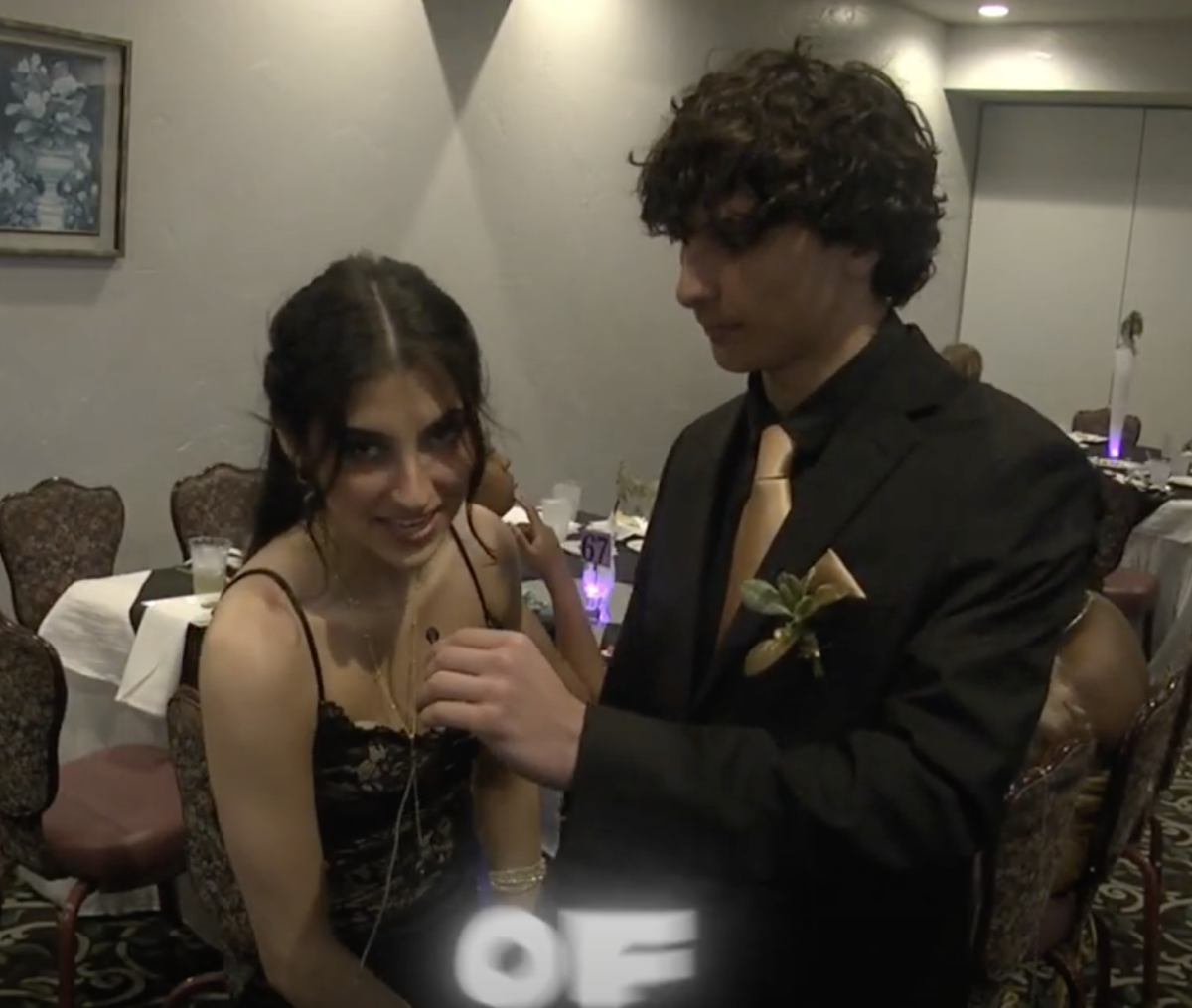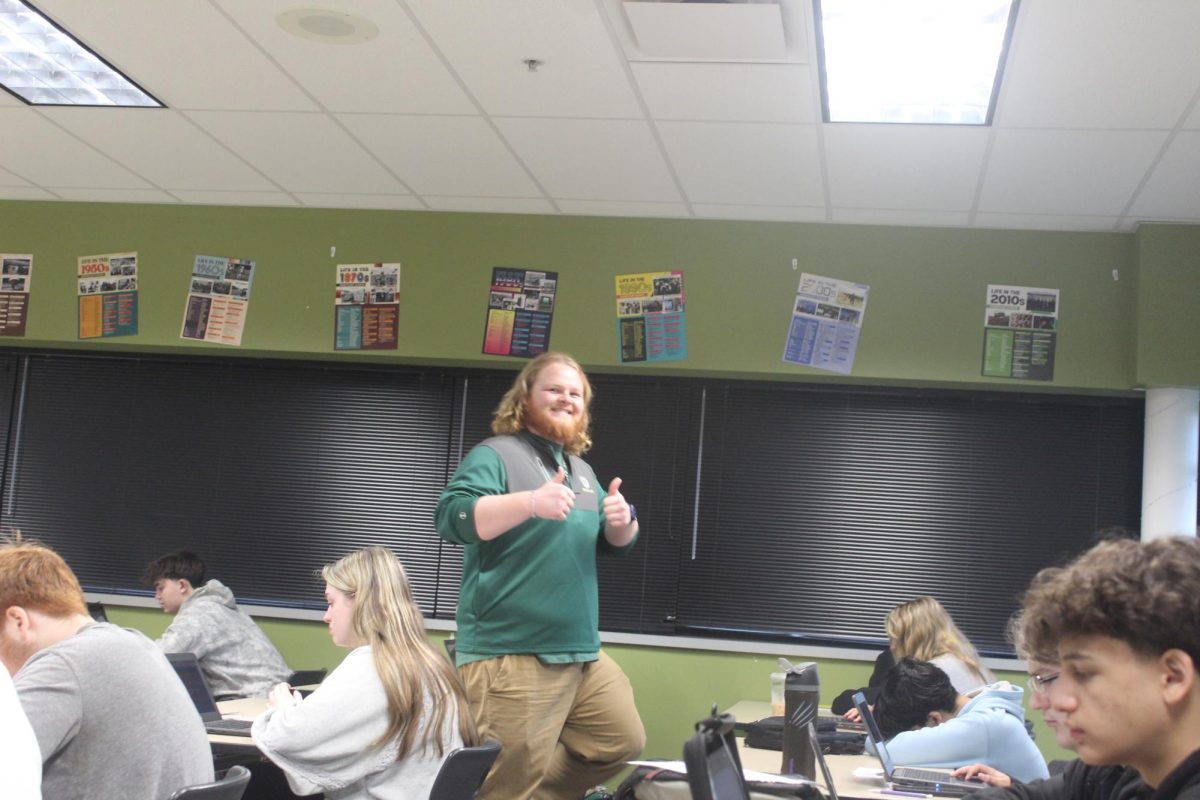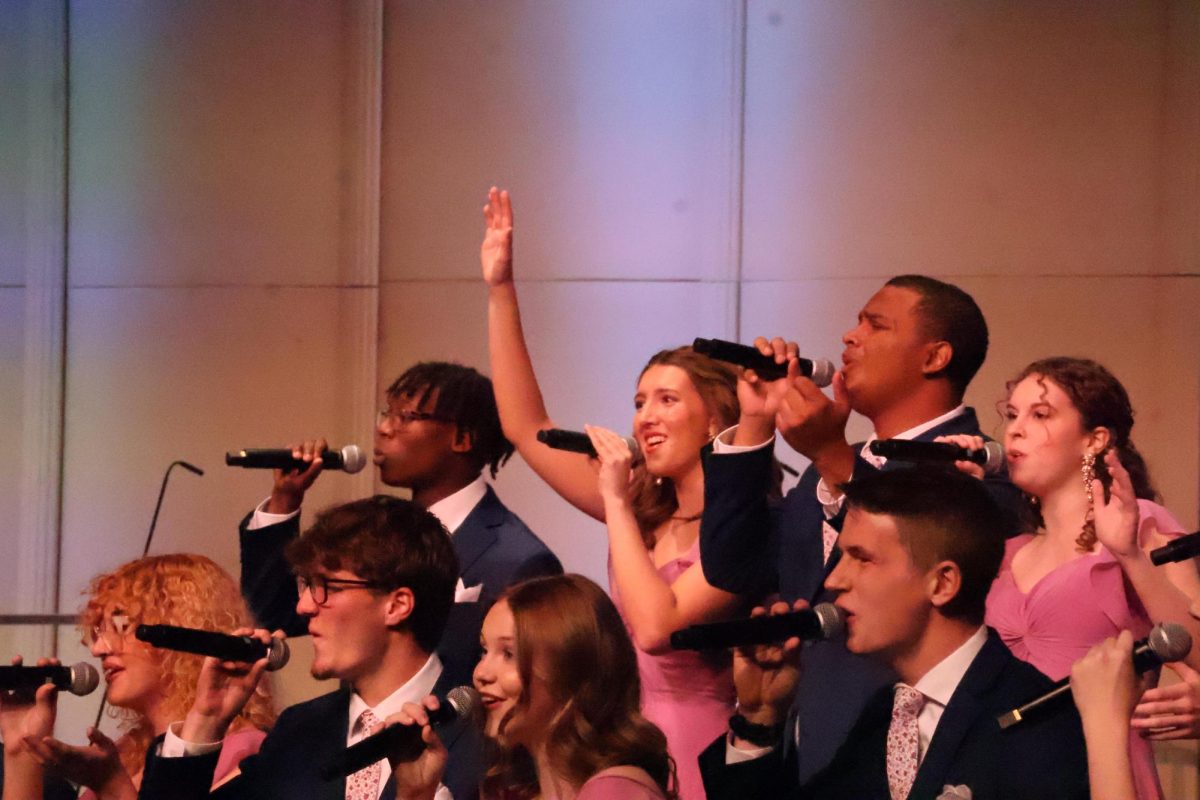By Rachel McNew — The typical dream for many high school students is to one day perfect their athletic ability and take their talents not to South Beach Miami, but to the collegiate level.
Getting to play for a college team is one thing, but getting a college scholarship is the ultimate aspiration.
A problem for many athletes is there are many athletes. Meaning, thousands of competitors wanting the same thing with only minimal members to be placed on a college team and even less dollar figures to be given in scholarships.
Student athletes have to get their name out in the college scouting world one way or another. This may not be an easy thing to do because there are so many high schools in the country and not every recruiter can be in multiple places at the same time. This leads to student athletes contacting their college of interest and giving out their information and location of play in order to get noticed and looked at.
When athletes start contacting college recruiters, they often mention a club sport they play for as well. A club sport, or also known as AAU (Amateur Athletic Union), is a formed team that consist of athletes from multiple different high schools. It is basically a put together team of athletes by the coaches’ preference. These tournaments and games are usually held on the weekend.
For many athletes, it is an alternative way for them to showcase their talents for college recruiters. These teams often travel to different states to play in big tournaments that colleges previously know about, in which they attend.
Though these special teams sound like a great idea, they also come with a heavy cost. The average amount of money spent in one season for all club sports is $4,000. A big reason why parents decide to spend this type of money is because they think that getting a scholarship and to the college level, trumps the money they pay now.
A factor that is occurring in result to these club sports is student athletes are beginning to just play these club sports and not for their high school teams.
Many who do this believe they get plenty of college looks and do not need to waste their time skipping club sport practices for high school. Sophomore A.J. Vanvoorhis does just this.
“I think that club sports provide for better opportunities for pathways to the college soccer world,” Vanvoorhis said.
He decided not to play soccer for the school, but instead he plays for an elite soccer team out side of the school.
“I do not have anything against high school sports, I just want to take my level of play the highest I can,” Vanvoorhis said.
Sophomore Hannah Watson believes in participating in both. Not only does she play volleyball for a club sport, she also plays for the high school team. She is able to find a way to balance both into her schedule as she hopes to one day play at Division I college.
“Even though high school sports are not as competitive as club sports, it is a great experience and is a great way to stay involved in sports during school,” Watson said.
Athletes like Vanvoorhis seem to be a high school coaches’ worst nightmare. Athletic talent that could contribute to the high school team is always needed by coaches. Coaches who lose players to club sports believe it is a disadvantage.
“Your best avenue to college sports are by playing high school sports, college coaches like to know how you can work on a team of diverse athletes, not a team of all-stars that you are bound to get along with,” track and field coach Scott Ferrell said.
Ferrell is a strong believer that when it is high school sports season, that should be the athletes number one priority. He is not against club sports, but is a firm supporter that high school sports are also a good way to be seen by colleges.
Athletic director, Scott Garcia, has a similar opinion. He supports high school sports as well.
“High school sports are more education based,” Garcia said.
Garcia made this point in which colleges do not only look at the skill of the athlete, they also look at the academics.
“High school sports also teach students how to function with different personalities and within a educationally based team structure,” Garcia said.
Student athletes have many factors to and steps to follow in becoming a college athlete. Which steps are the correct ones to take will always be relevant. Each athlete has a different preference , but they all hope it leads them through their best path to competing on the collegiate level.
[Updated Aug. 7, 2017: This article has been reformatted for consistency.]






